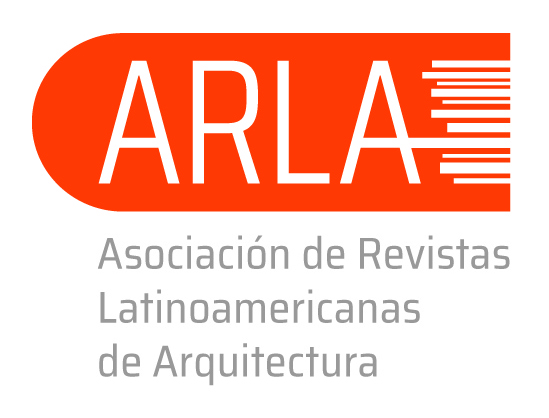Evolution of the façade concept
From the renaissance to modernism
DOI:
https://doi.org/10.14409/ar.v1i4.4423Keywords:
architectural façade; 15th to 20th century; history of architecture; modern architecture; single family houseAbstract
This article is both a review and a reflection on the concept of “facade”, especially in relation to single-family house, considering its evolution throughout the history of architecture to the modern period. Originates from the doctoral thesis entitled The facades of modern house (Leo, 2011), advocated by me in 2011, which had as
its object the systematic study of the facade of modern detached house in the period 1915 -1960.
For better understanding of the subject and his approach by modern historiography and critical, required detailed review on the concept of facade, considering its evolution over some of the major historical periods. The Italian Renaissance, when the concept associated with single-family home comes, through French and Picturesque English Baroque, until modern times, the idea of facade underwent considerable transformations that affected directly in design practice. Such modifications, however, are not addressed in an orderly and systematic way in architectural literature.
The article defines and discusses the idea of facade, in particular within the family house, looking systematize the historical evolution of the concept. Discusses its origins, its transformations, and its development since the Italian Renaissance of the fifteenth century until the crisis that the concept suffers from the advent of Modernism in the early to mid twentieth century. Spear, finally, a brief look at the idea of the facade of the modern period to the present day.
Published
How to Cite
Issue
Section
License
ACCESO ABIERTO
ARQUISUR Revista es una publicación de acceso abierto y sin ánimo de lucro. No se imputan cargos por la recepción, revisión, evaluación, publicación ni acceso a sus contenidos. Se distribuye bajo una Licencia Creative Commons CC Atribución-NoComercial-SinDerivadas 4.0 Internacional (CC BY-NC-ND 4.0): No se permite un uso comercial de la obra original ni la generación de obras derivadas. Esta licencia no es una licencia libre, y es la más cercana al derecho de autor tradicional.
DESCARGO
Los criterios expuestos en los artículos son de exclusiva responsabilidad de sus autores y no reflejan necesariamente la opinión del Comité Editorial ni de la Dirección Editorial Técnica. Los derechos de los artículos publicados pertenecen a sus autores o editoriales. Los autores ceden sus derechos de publicación al Centro de Ediciones de la Universidad Nacional del Litoral de Santa Fe, Argentina.














